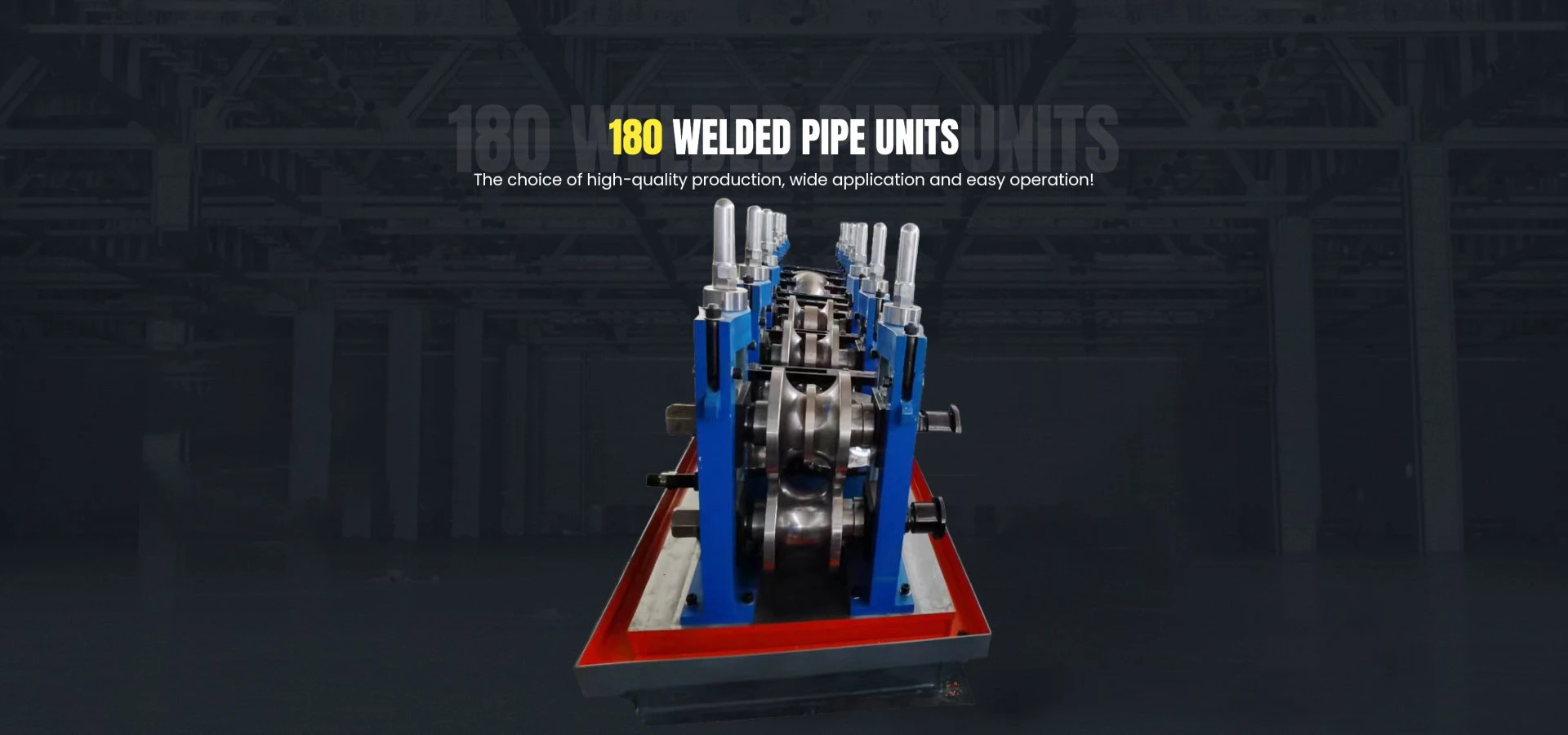galvanized pipe making machine
The Manufacturing Process of Galvanized Pipe Making Machines
Galvanized pipe making machines play a crucial role in the production of galvanized steel pipes, which are widely used in various industries due to their corrosion resistance, durability, and versatility. This article explores the manufacturing process of these machines and highlights their significance in modern industrial applications.
Understanding Galvanization
Before diving into the machinery, it’s essential to comprehend what galvanized pipes are. Galvanization is a process that involves coating steel pipes with a layer of zinc to protect them from rust and corrosion. This enhancement allows the pipes to withstand harsh environmental conditions, making them ideal for plumbing, construction, and other applications.
Overview of Galvanized Pipe Making Machines
Galvanized pipe making machines are specifically designed to manufacture pipes through a series of steps, including slitting, forming, welding, and galvanizing. These machines come in various configurations, depending on the type and size of pipes required, but they generally consist of the following key components
1. Slitting Machine This initial step involves taking a coil of steel and cutting it into strips of appropriate width. The slitting machine ensures uniformity in size, which is crucial for the downstream processes.
2. Pipe Forming Machine After slitting, the steel strips are fed into a pipe forming machine. This equipment uses rollers to bend the strips into a cylindrical shape. The precision of this process is vital, as it determines the final diameter and thickness of the pipes.
galvanized pipe making machine

3. Welding Equipment Once the pipe is formed, it must be welded to secure its structure. There are several welding methods used in pipe making, including high-frequency induction welding and submerged arc welding. The choice of welding technique depends on the pipe’s intended application and specifications.
4. Galvanizing Bath After welding, the pipes undergo galvanization. They are immersed in a bath of molten zinc, which adheres to the steel surface, forming a protective layer. This step is what gives galvanized pipes their renowned corrosion-resistant properties.
5. Cooling and Inspection After galvanization, the pipes are cooled and inspected for quality assurance. Ensuring that the pipes meet industry standards is critical, as any defects can compromise their performance.
Benefits of Using Galvanized Pipe Making Machines
The implementation of advanced galvanized pipe making machines brings several advantages to manufacturers and end-users alike. Firstly, the automation and precision offered by these machines significantly enhance production efficiency and reduce labor costs. Secondly, galvanized pipes produced through this process exhibit superior quality and durability, making them a preferred choice for infrastructure projects, agricultural applications, and residential plumbing.
Moreover, the versatility of these machines allows manufacturers to produce pipes of various sizes and specifications, catering to the diverse needs of the market. This adaptability ensures a competitive edge in an ever-evolving industrial landscape.
Conclusion
In conclusion, galvanized pipe making machines are integral to the production of high-quality galvanized pipes, which serve an essential role across multiple industries. Understanding the manufacturing process and the various components involved helps appreciate the technology’s impact on enhancing the durability and reliability of pipes used in everyday applications. As industries continue to evolve, the importance of these machines will only grow, ensuring that our infrastructure remains robust and resilient.
-
High Frequency Straight Seam Welded Pipe Production Line-BzZhou Xinghua Machinery Equipment Manufacturing Co., LTD.|Precision Welding, High EfficiencyNewsJul.30,2025
-
High Frequency Straight Seam Welded Pipe Production Line|BzZhou Xinghua|Precision Welding&EfficiencyNewsJul.30,2025
-
High Frequency Straight Seam Welded Pipe Production Line - BzZhou Xinghua|Precision Engineering&EfficiencyNewsJul.30,2025
-
High-Frequency Straight Seam Welded Pipe Production Line-BzZhou Xinghua Machinery Equipment Manufacturing Co., LTD.NewsJul.30,2025
-
High-Frequency Straight Seam Welded Pipe Production Line-BzZhou Xinghua Machinery Equipment Manufacturing Co., LTD.|Precision Manufacturing, High EfficiencyNewsJul.30,2025
-
High Frequency Straight Seam Welded Pipe Production Line-BzZhou Xinghua Machinery Equipment Manufacturing Co., LTD.|Precision Steel Pipe Manufacturing&Industrial EfficiencyNewsJul.29,2025


